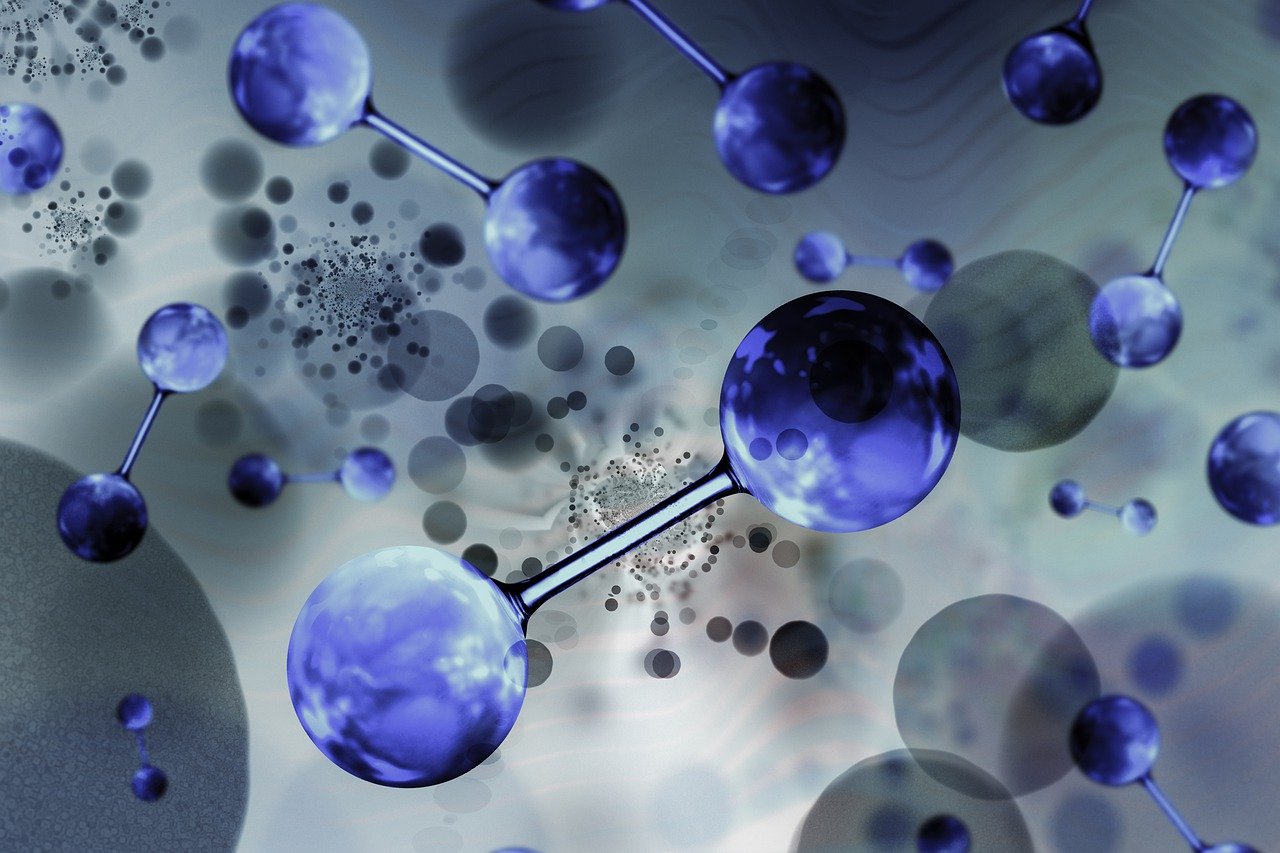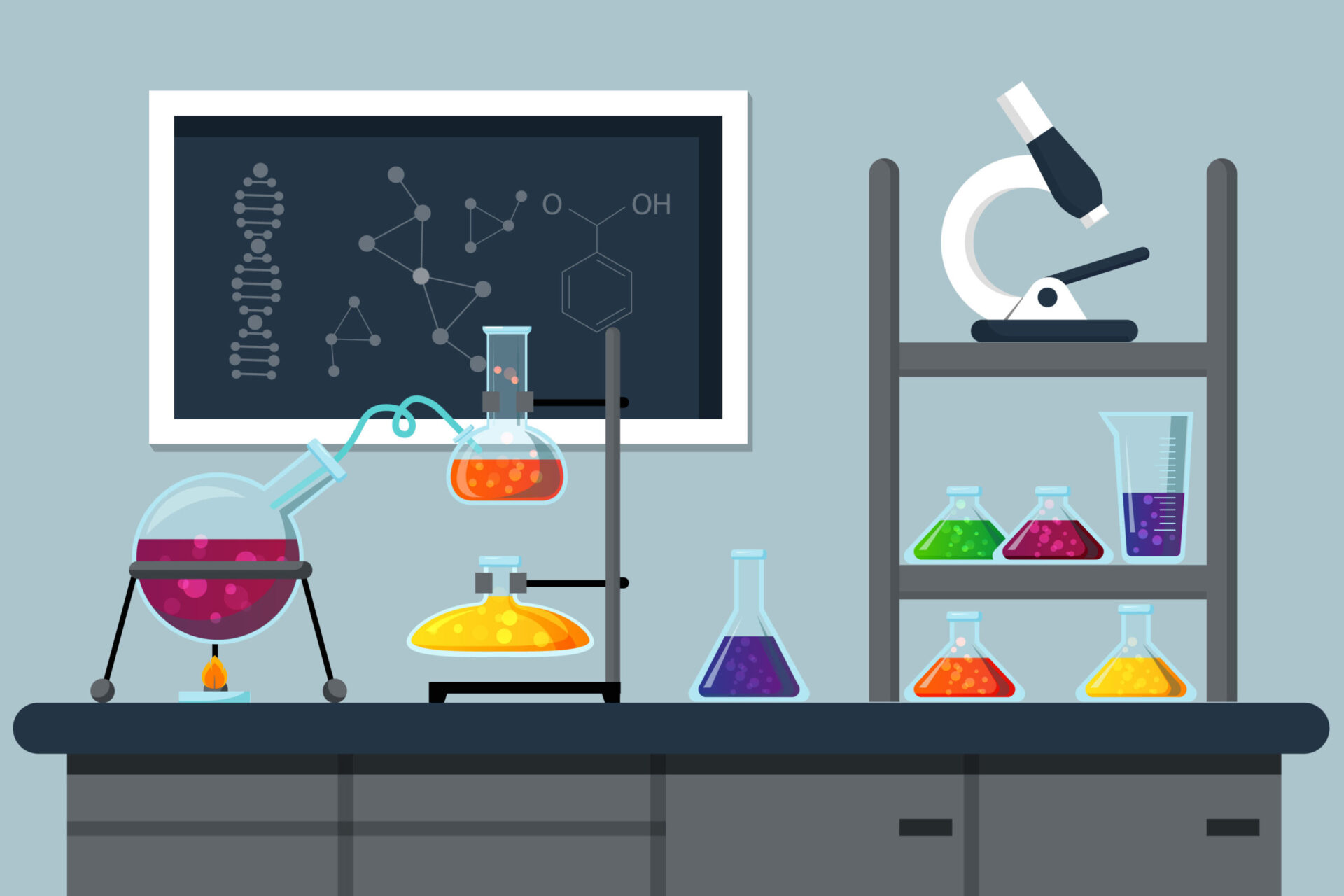Textile chemical processing is a critical component of the textile manufacturing industry, transforming raw fibers into finished fabrics with desired properties. This comprehensive guide delves into the various stages of textile processing, the environmental challenges it poses, and the sustainable innovations reshaping the industry.
Understanding Textile Chemical Processing
It encompasses a series of treatments applied to fibers, yarns, and fabrics to enhance their appearance, performance, and durability. These processes are integral to achieving specific characteristics such as color vibrancy, softness, strength, and resistance to various environmental factors.
Key Stages in Textile Chemical Processing
1. Pretreatment Processes
Before dyeing or finishing, textiles undergo pretreatment to remove impurities and prepare the fabric for subsequent processes:
Desizing: Eliminates sizing agents like starch applied during weaving. Enzymatic or acidic treatments are commonly used.
Scouring: Removes natural waxes, oils, and other impurities using alkaline solutions, enhancing fabric absorbency.
Bleaching: Achieves a uniform white base by removing natural coloration. Hydrogen peroxide is a prevalent bleaching agent.
Mercerization: Involves treating cotton with sodium hydroxide to increase luster, strength, and dye affinity.
2. Coloration Techniques
Imparting color to textiles is achieved through:
Dyeing: Submerging fabrics in dye solutions to achieve uniform coloration. Techniques vary based on fiber type and desired effect.
Printing: Applying patterns or designs using methods like screen printing or digital printing.
Auxiliaries such as leveling agents, dispersing agents, and fixing agents are employed to enhance dye uptake and colorfastness.
3. Finishing Treatments
Final treatments bestow specific properties to fabrics:
Softening: Enhances fabric hand feel.
Water Repellency: Applies hydrophobic finishes to resist moisture.
Flame Retardancy: Introduces chemicals to reduce flammability.
Antimicrobial Finishes: Incorporates agents to inhibit microbial growth.
Enzyme treatments offer eco-friendly alternatives, facilitating processes like bio-polishing and bio-scouring.
Environmental Impacts
The extensive use of chemicals in textile processing has raised significant environmental concerns:
Water Pollution: Effluents containing dyes, salts, and heavy metals contaminate water bodies, affecting aquatic life.
Air Emissions: Volatile organic compounds (VOCs) released during processing contribute to air pollution and health issues.
Chemical Waste: Improper disposal of hazardous chemicals poses risks to ecosystems and human health.
Microplastic Pollution: Synthetic fibers shed microplastics during washing, leading to marine pollution.
Sustainable Innovations
In response to environmental challenges, the industry is adopting sustainable practices:
Green Chemistry: Utilizing biodegradable and non-toxic chemicals to minimize ecological impact.
Enzymatic Processes: Replacing harsh chemicals with enzymes for processes like desizing and scouring.
Waterless Dyeing: Implementing technologies that reduce or eliminate water usage in dyeing.
Recycling Initiatives: Developing methods to recycle wastewater and recover chemicals for reuse.
Alternative Fibers: Exploring the use of sustainable fibers like organic cotton, bamboo, and hemp.
Frequently Asked Questions
What is textile chemical processing?
It refers to the application of chemical treatments to textiles to enhance their properties, including appearance, durability, and functionality.
Why is textile chemical processing important?
It enables the production of textiles with specific characteristics required for various applications, from fashion to industrial uses.
What chemicals are used in textile processing?
Common chemicals include dyes, bleaching agents, softeners, flame retardants, and water repellents. The choice depends on the desired fabric properties.
How does textile chemical processing affect the environment?
Improper handling and disposal of chemicals can lead to water and air pollution, posing risks to ecosystems and human health.
What are sustainable alternatives in textile chemical processing?
Adopting green chemistry, enzymatic treatments, and water-efficient technologies are among the sustainable approaches being implemented.



